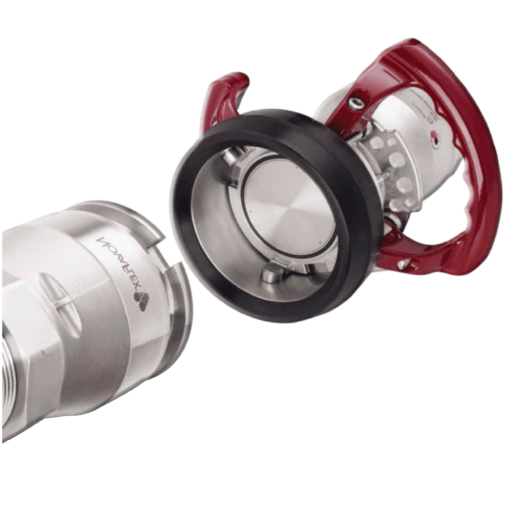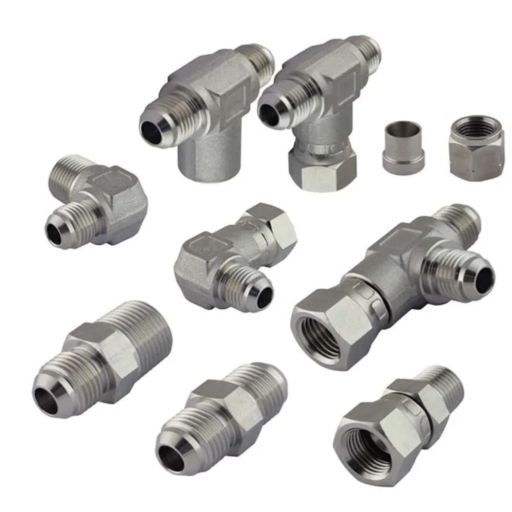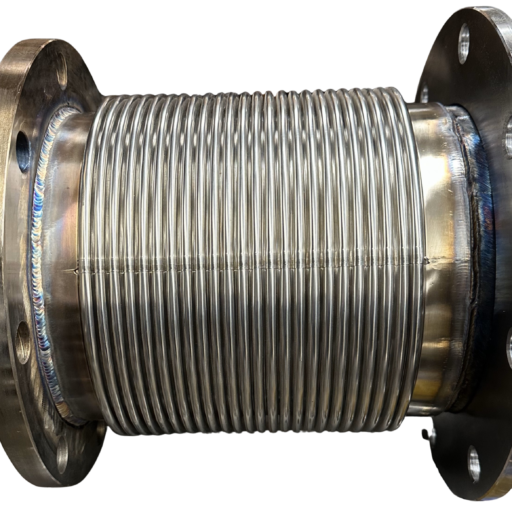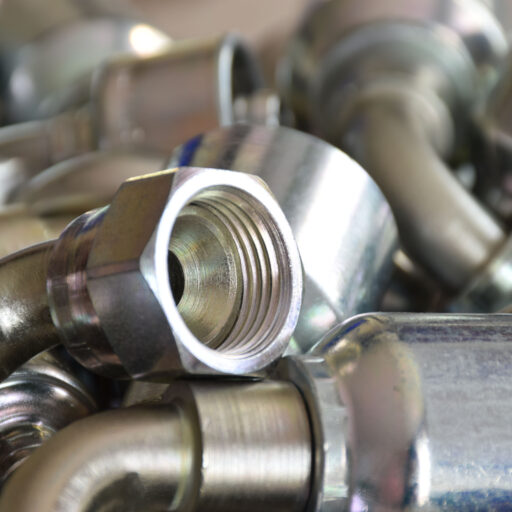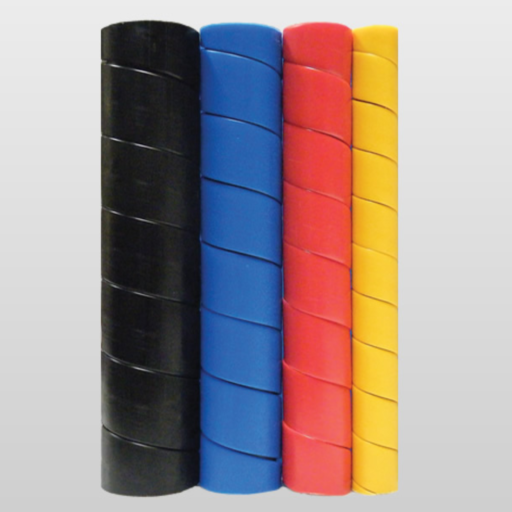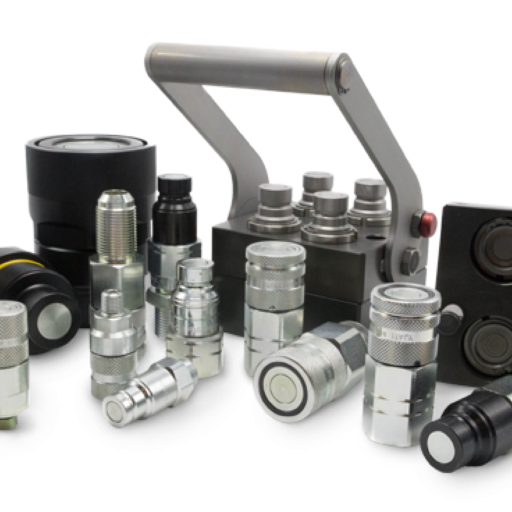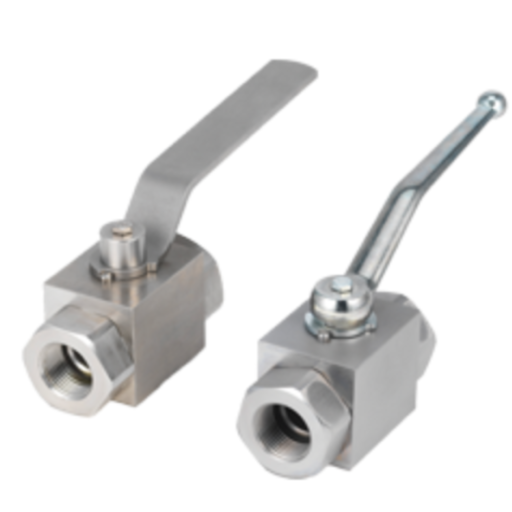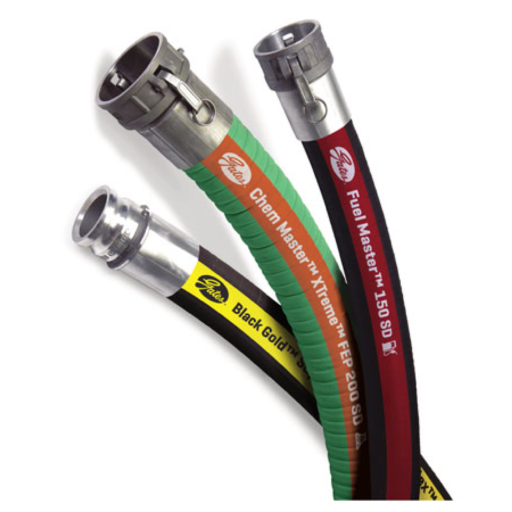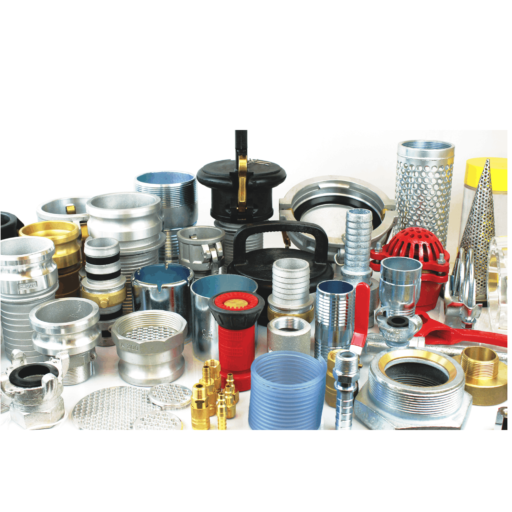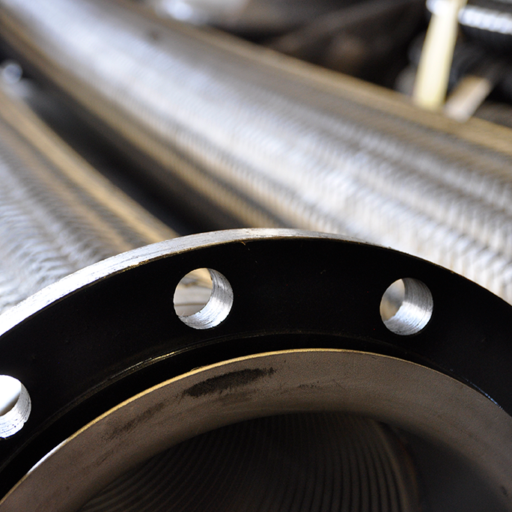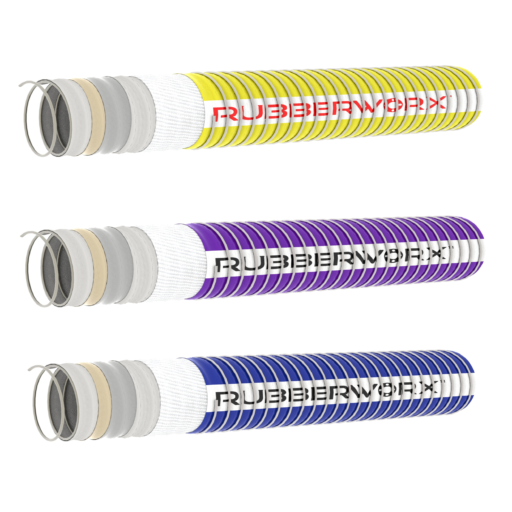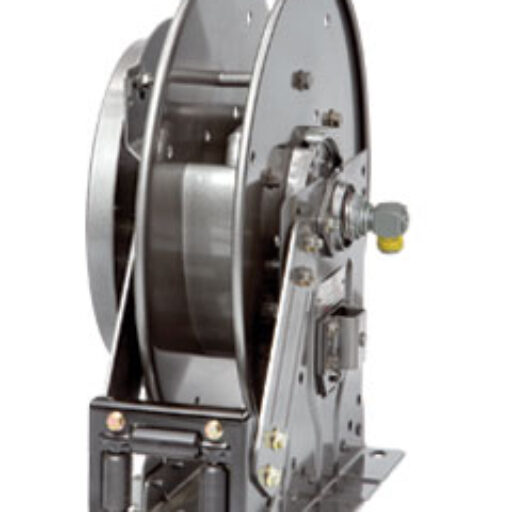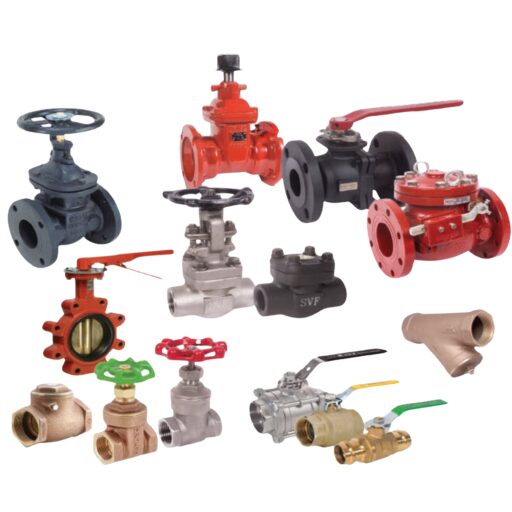Selecting and installing hoses correctly is critical for safety, durability, and performance. One key factor often overlooked? The minimum bend radius. Let’s explore what it is, why it matters, and how to avoid costly installation mistakes.
What is Minimum Bend Radius & Why Does It Matter?
The minimum bend radius is the smallest curve a hose can be bent without causing internal damage, kinking, or flow restriction. If a hose is bent too tightly, it can lead to:
❌ Restricted Flow – Kinks reduce efficiency and increase pressure buildup.
❌ Structural Weakening – Excessive bending weakens hose walls, leading to premature failure.
❌ Leaks & Ruptures – Over time, stress from improper bending can lead to hose failure.
What Affects a Hose’s Minimum Bend Radius?
- Material Type: Rubber hoses (SBR, NBR, EPDM) tend to be more flexible, while metal and thermoplastic hoses require larger bend radii.
- Reinforcement Layers: Braided vs. spiral-wound reinforcements impact flexibility and strength.
- Temperature Conditions: High heat makes hoses more flexible, while extreme cold can cause stiffness and cracking.
- Pressure Rating: Higher pressure hoses are less flexible, requiring a larger bend radius.
Best Practices for Proper Hose Installation
✔ Use the Largest Possible Bend Radius – Give hoses plenty of room to curve naturally.
✔ Avoid Sharp Bends Near Fittings – Keep at least 18 inches of straight hose before bends to prevent stress fractures.
✔ Use Hose Supports & Clamps – Secure hoses in place to prevent sagging and excessive bending.
✔ Factor in Temperature & Pressure – Ensure your hose meets real-world operating conditions.
✔ Inspect Hoses Regularly – Look for signs of stress, leaks, or damage before failure occurs.
Get Expert Help for Your Hose Setup
Following best practices for hose selection and installation ensures safety, efficiency, and cost savings. Need help finding the right hose for your application? Contact our team today!
